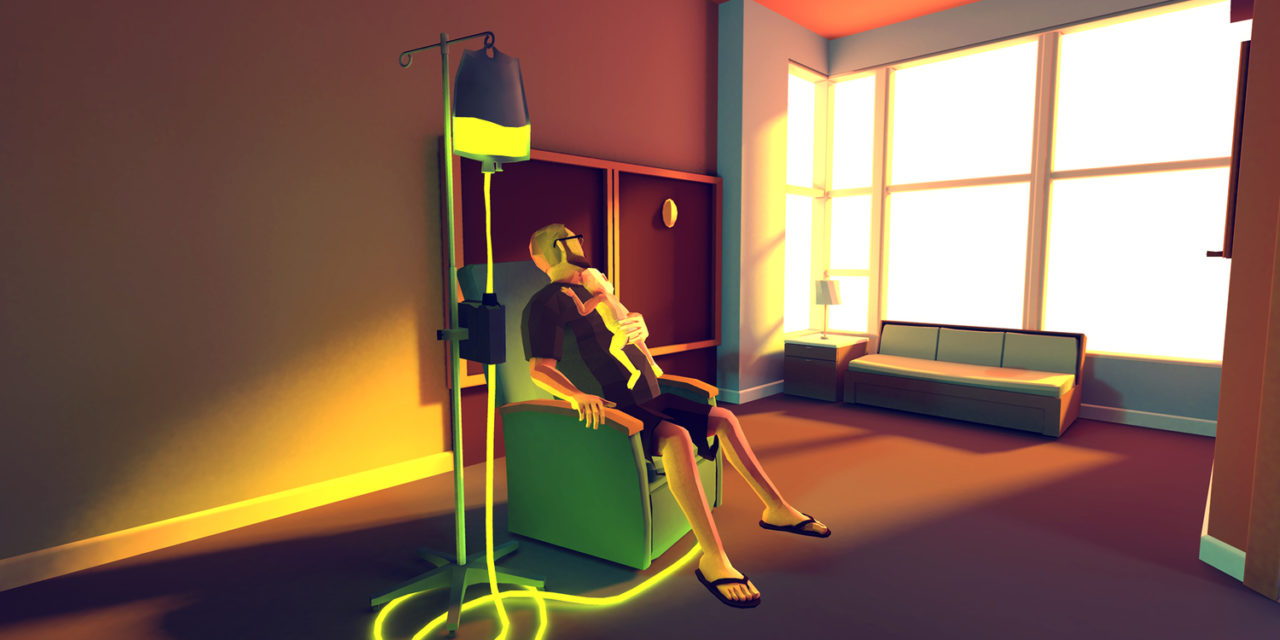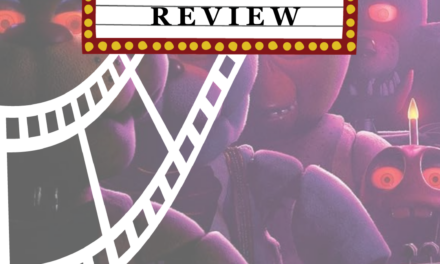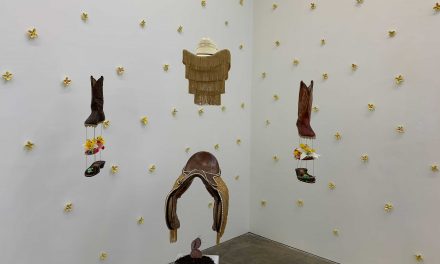I just played a game about a child dying of cancer. Through a series of point and clicks, I became his parents and grew to know who he was and, through a cut scene, I found out that he was dying. I pressed buttons that made the little boy fight a dragon and race a kart in desperate attempts to relieve his pain. And, finally, I turned my mouse to leave the little boy alone to his Heaven.
There’s something kind of obscene about that paragraph, isn’t there? Gaming is a nascent art form, even if it has approached its pinnacle as a form of entertainment. We think of video games as being more like products or toys. If an action figure promised to represent someone’s personal journey with cancer, there would rightfully be a pushback.
But the beauty of That Dragon, Cancer is how perfectly it pushes back against those mistaken ideals by showing how this entertainment product can create meaning. That’s not the goal of the game, just the cross it was given to bear thanks to the build-up behind it.
The story behind the video game is that developer Ryan Green, having lived now with his son Joel and the dragon of Joel’s cancer (manifested as a tumor directly on his brain) for four years, experienced a night when Joel could not stop crying in pain or go to sleep. Green tried everything he knew to calm and ease Joel’s pain so he could go to sleep, but nothing seemed to work. Finally, he got down onto his knees and prayed to God, which finally eased his child’s pain. He had a single thought:
“This should be a video game.”
That admittedly bizarre event and thought germinated into That Dragon, Cancer. It was the first scene constructed and what the earliest version of the game was about, gaining That Dragon, Cancer popularity and support on its Kickstarter. When that fateful scene occurs within the game, you understand what was going through Ryan’s head and what was so transfixing about it.
It comes a good way into the game, during a point when you’ve already become accustomed to the blocky, low-res abstract representations of the world and the people with just enough facial distinctions for you to piece out who’s who. Joel is given the least detailed face and a barely distinctive body, because Joel, tragically, is too young to have developed one.
You are, at first glance, alone in the hospital room, a horrifying animalistic wailing your only accompaniment. You try your best to stop it. You rock him, you feed him, you give him juice. But you can’t make it stop. For every game you’ve played so far, this couldn’t seem more wrong. You always have control, but here you do not. Nothing works. You simply have to wait and give yourself over to a higher power (the algorithms of the game eventually determining the preset time to let the scene end) to make it stop.
And I wanted it to stop. Desperately. The sound felt like needles to my brain, the pain came out of the game and felt all too entirely real. I was sobbing and felt helpless. And in that moment, for the briefest moment, I started to feel like I understood what that experience might have been like for Green and for any parent who has gone through this.
That scene was so powerful, because in it is everything that creates the sickening and life affirming game, That Dragon, Cancer.
It is the lack of control that allows the player to experience the grief this game is rooted in. Grief and tragedy are monsters but not those that you can kill, stop or control with the right tools. Other than a kart racing scene or a short platforming section, the game is largely clicking your mouse as it prompts you, watching the events and letting the scenes play out. The game truly makes you feel helpless.
More importantly, it frustrates you. There are those who may attack the game for its opaque, often inactive gameplay. But that’s the point. Struggling with a dying family member is endlessly frustrating, endlessly opaque. You’re often just waiting and going through the motions. Having control over the situation is not indicative of any experience of cancer or the experience of tragedy.
It is giving yourself over to a higher power that illuminates the powerful expression of faith within this game. Ryan and Amy Green, the parents of Joel and creators of this game, are deeply and powerfully Christian, and their faith gave them the strength to get through the struggles of losing their child.
Perhaps one of the most powerful moments in the game comes toward the end, when all the members of their church are praying desperately for God to deliver Joel from his pain. The game argues that faith and the belief in a higher power that makes it possible to endure this experience. Even if you don’t believe in a higher power, there is something so raw and beautiful about that need, and that faith carrying these people through such an event gives That Dragon, Cancer a connotation of something deeply personal.
Which is what makes That Dragon, Cancer such a truly unique enactment of an art we are just now understanding gaming as. It isn’t just that these things happen. It is that we experience them — that we are the ones who perform them and experience emotions in a wholly unique way. That Dragon, Cancer is a pure and personal expression of grief and faith, and thanks to the fact that it is a game, we get to experience, not simply view.
Opinion Editor | Brandon Wagner is a College Senior from God Only Knows Where, America studying Film and Media Studies with a minor in Religion. This is his first year for the Wheel, in a likely misguided experiment to be a film critic. When he's not writing on the biggest blockbusters or the films of Spike Jonze or Andrei Tarkovsky or Zack Snyder, he's writing on comedic television, the future of gaming as an art, or the relationship between audience and cinematic experience. In other words, Brandon Wagner has basically nothing else going on but this.






